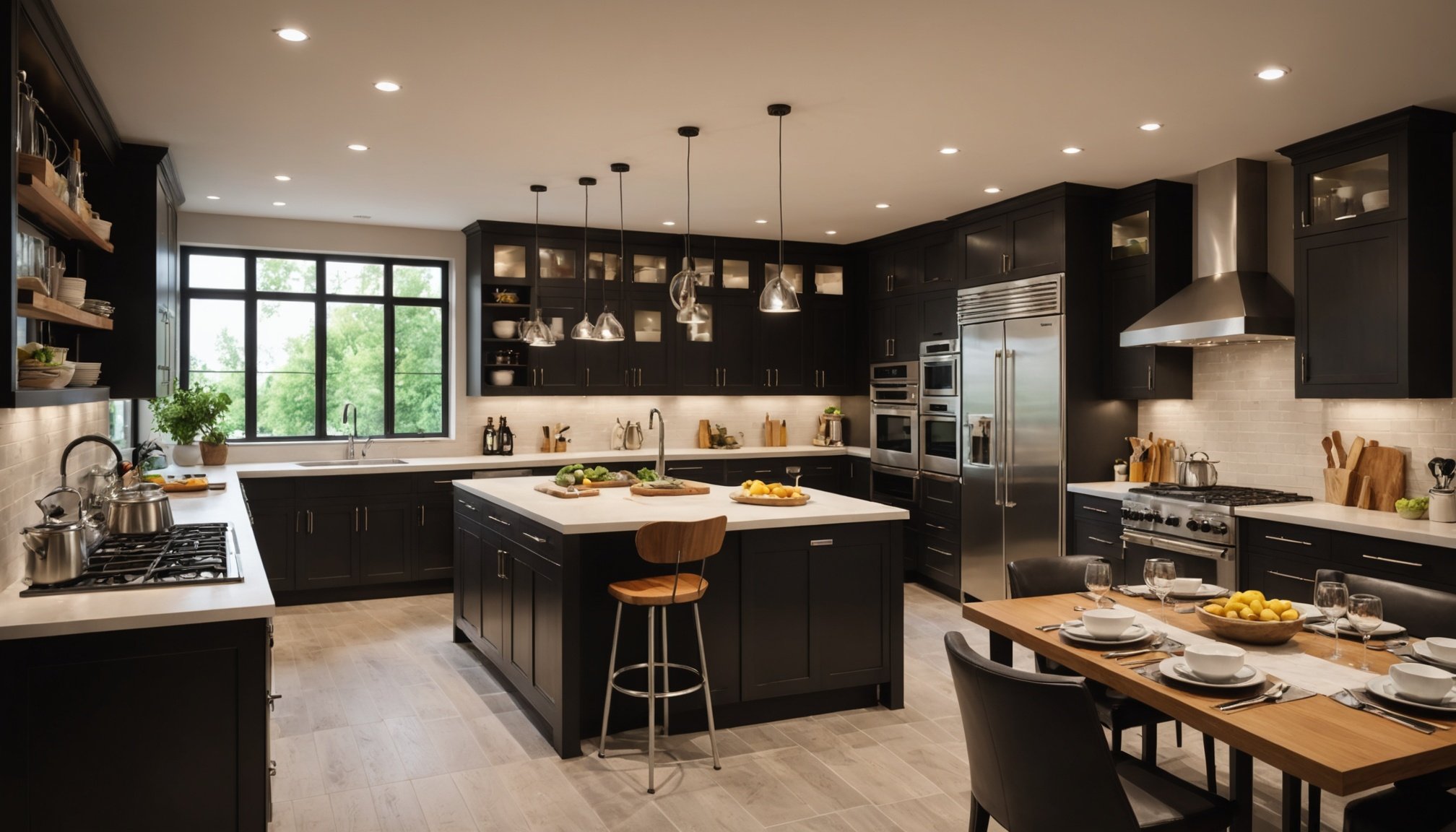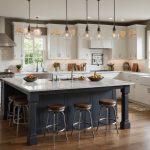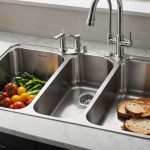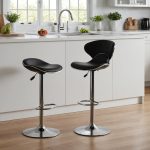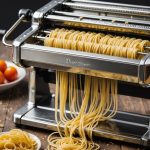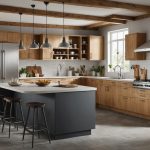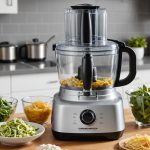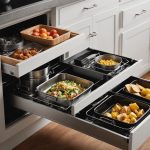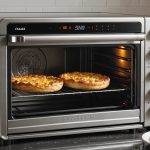A multi-zone kitchen caters to diverse cooking styles and activities, transforming meal prep into a seamless experience. It allows simultaneous use of space for family gatherings, cooking experiments, and everyday tasks. By understanding key design principles like flow, functionality, and aesthetics, you can create zones tailored to specific needs, enhancing productivity and enjoyment. This guide empowers you to reimagine your kitchen, balancing practicality with your culinary passions. Ready to elevate your cooking space? Let's explore the essential elements for designing your ultimate multi-zone kitchen.
Understanding Multi-Zone Kitchen Concepts
Exploring the intricacies of modern kitchen design.
Also to read : Creative Solutions for Concealed Kitchen Storage: Unlocking Innovative Ideas
Definition and Importance of a Multi-Zone Kitchen
A multi-zone kitchen is a thoughtfully designed space that enhances efficiency and functionality by segmenting the kitchen into distinct cooking zones. This concept is particularly vital in modern kitchen design, where maximizing space and optimizing workflow are essential. Each zone is dedicated to specific tasks, such as food preparation, cooking, and cleaning, thus minimizing clutter and improving the cooking experience.
Overview of Different Cooking Zones and Their Functionalities
A well-designed multi-zone kitchen typically includes:
Topic to read : Discover the Advantages of Incorporating Recycled Materials into Your Kitchen Design
- Preparation Zone: For chopping, mixing, and assembling ingredients.
- Cooking Zone: Equipped with stoves and ovens for preparing meals.
- Cleaning Zone: Featuring sinks and dishwashers for easy cleanup.
These zones ensure that each task has its dedicated area, reducing cross-contamination and streamlining the cooking process.
Benefits for Diverse Cooking Styles
The multi-zone kitchen caters to various cooking styles, whether you're a passionate home cook or a busy professional. By allowing simultaneous activities in different cooking zones, it accommodates multiple users and diverse culinary practices. This design not only enhances efficiency but also promotes a harmonious and enjoyable cooking environment, encouraging culinary exploration and creativity.
Layout Strategies for Multi-Zone Kitchens
Optimizing your culinary space for efficiency and style
Zoning Techniques
Zoning in a multi-zone kitchen is essential for optimizing workflow and enhancing overall efficiency. By strategically dividing the kitchen into zones, you can dedicate specific areas for tasks like preparation, cooking, and cleaning. This method helps in organizing the kitchen layout and reduces unnecessary movement. For example, having a prep zone near the refrigerator and a cooking zone close to the stove can streamline meal preparation.
Open Concept Design
An open concept kitchen layout fosters a sense of spaciousness and connectivity. It allows for seamless integration of different zones, making it easier to move between tasks. This design encourages interaction and is particularly beneficial in homes where the kitchen serves as a social hub. Consider incorporating an island that can serve as both a prep area and a casual dining space, enhancing the kitchen's versatility.
Flow and Accessibility
Ensuring smooth flow and accessibility in your kitchen layout is crucial. Arrange zones to minimize obstruction and facilitate easy access to essential tools and ingredients. This not only improves efficiency but also makes the kitchen more user-friendly. By prioritizing strategic placement and clear pathways, you can create a harmonious and productive culinary environment.
Selecting Appliances for Diverse Cooking Activities
Enhancing functionality and versatility in your kitchen
Recommended Appliances for Different Cooking Zones
Choosing the right kitchen appliances is essential for a well-organized multi-zone kitchen. Consider multi-functional appliances that can serve multiple purposes, such as a combination microwave and convection oven. These appliances save space and provide flexibility in cooking styles.
- Preparation Zone: Food processors, blenders
- Cooking Zone: Induction cooktops, multi-functional ovens
- Cleaning Zone: Dishwashers with eco-friendly settings
Advantages of Multi-Functional Appliances
Investing in multi-functional appliances offers numerous benefits. They cater to diverse cooking activities, reducing the need for multiple devices. For example, an air fryer with baking capabilities allows for healthier cooking options without compromising on taste. These appliances are a boon for compact kitchens, offering efficiency and convenience.
Tips for Choosing the Right Tools
When selecting cooking tools, consider your culinary preferences and the size of your kitchen. If you enjoy baking, a stand mixer with various attachments might be ideal. For those who prefer quick meals, an instant pot or pressure cooker can be invaluable. Always prioritize quality over quantity to ensure longevity and performance.
By carefully selecting the right kitchen appliances, you create a versatile and efficient culinary environment that caters to all your cooking needs.
Materials and Finishes for a Multi-Zone Kitchen
Choosing the right materials for durability and style
Countertop Choices
Selecting the ideal countertop is crucial for a multi-zone kitchen. Granite and quartz are popular for their durability and resistance to scratches. They withstand the rigors of cooking zones while offering various aesthetic finishes. Butcher block provides a warm, natural look, though it requires regular maintenance to prevent wear.
Flooring Options
In a kitchen, flooring must balance durability with ease of maintenance. Ceramic tiles are a favored choice due to their resilience and variety of finishes. Vinyl flooring offers a softer surface and is water-resistant, making it suitable for high-traffic zones. Consider hardwood for its timeless appeal, but be mindful of potential water damage.
Cabinet Materials
Cabinets play a vital role in kitchen functionality and aesthetics. Solid wood is renowned for its strength and classic look. Laminate offers a cost-effective alternative with diverse finishes. Metal cabinets provide a modern touch and are easy to clean, ideal for busy cooking zones.
Best Materials for Kitchen Zones:
- Countertops: Granite, Quartz
- Flooring: Ceramic, Vinyl
- Cabinets: Solid Wood, Metal
Choosing the right materials ensures a kitchen that is both functional and visually appealing, catering to diverse culinary activities.
Overcoming Challenges in Multi-Zone Kitchen Design
Design solutions for a seamless culinary experience
Common Challenges
Designing a multi-zone kitchen often presents several challenges. Balancing space for distinct kitchen zones while maintaining a cohesive design can be difficult. Another common issue is ensuring adequate lighting in each zone, which is essential for both safety and functionality. Additionally, integrating appliances without disrupting the workflow poses a significant challenge.
Effective Solutions
To address these kitchen challenges, consider implementing design solutions that enhance both organization and efficiency. Use flexible storage options to accommodate various kitchen tools, ensuring that each zone remains clutter-free. Incorporate adjustable lighting fixtures to adapt to different tasks, providing optimal illumination where needed.
Design Strategies:
- Modular Storage: Customizable to fit diverse kitchen tools
- Task Lighting: Adjustable fixtures for focused illumination
- Appliance Integration: Seamlessly blend appliances into the design
Maintaining Organization
Maintaining organization in a busy kitchen environment requires strategic planning. Regularly reassess storage needs and declutter to keep zones functional. Establish a routine for maintaining cleanliness, ensuring that each kitchen zone remains efficient and inviting. By implementing these problem-solving strategies, you can overcome the challenges of a multi-zone kitchen design, creating a harmonious and effective culinary space.

